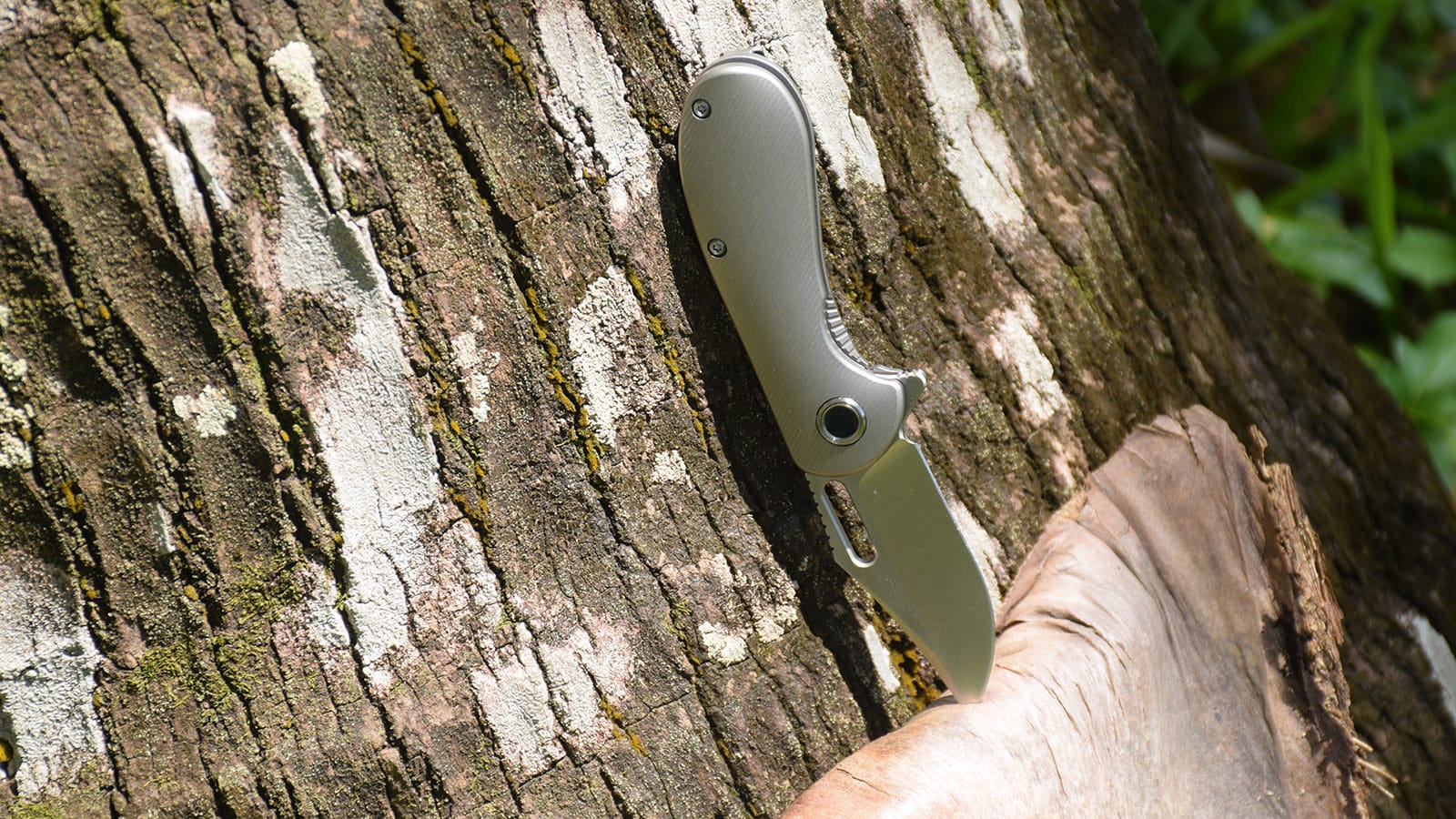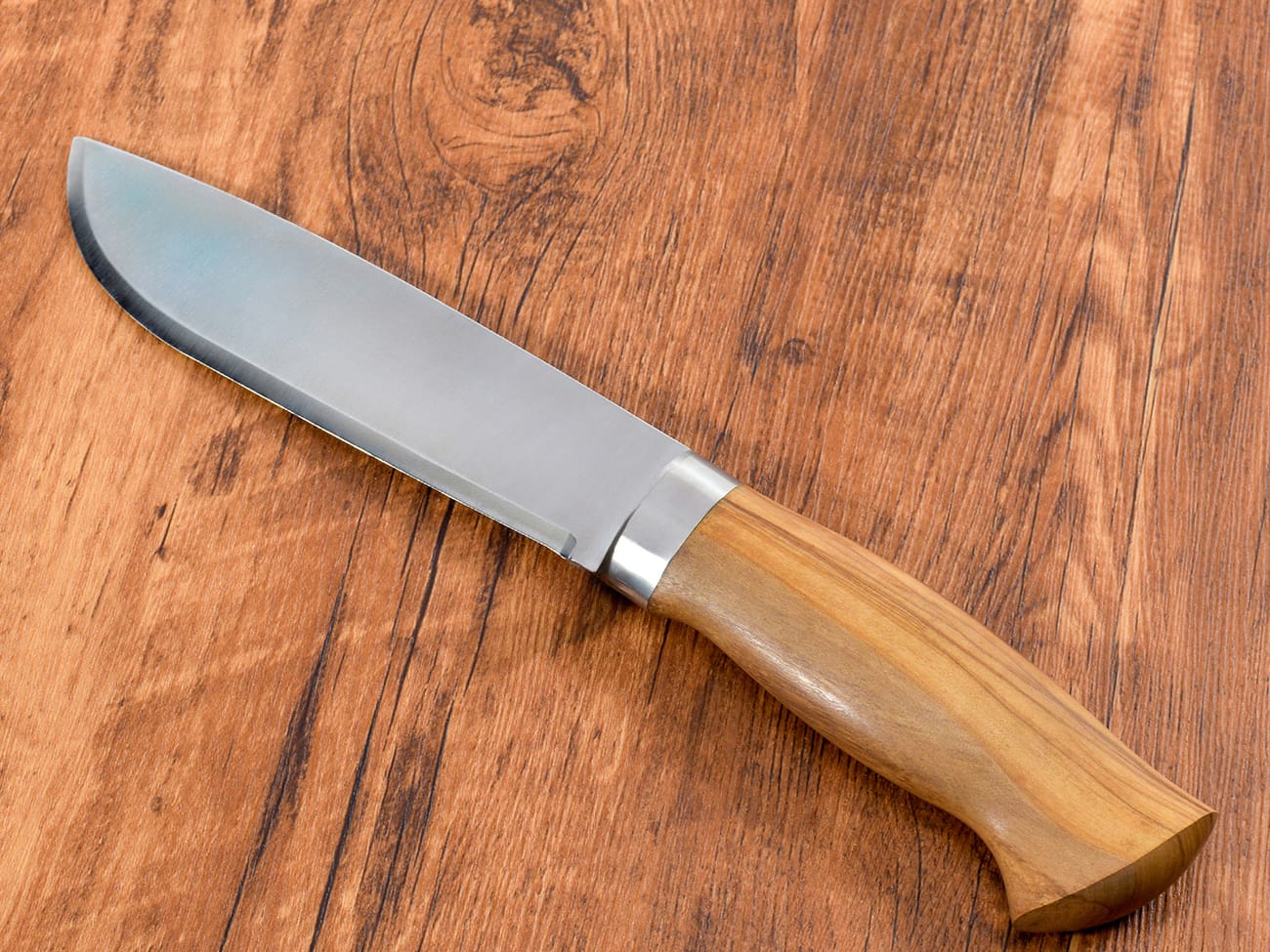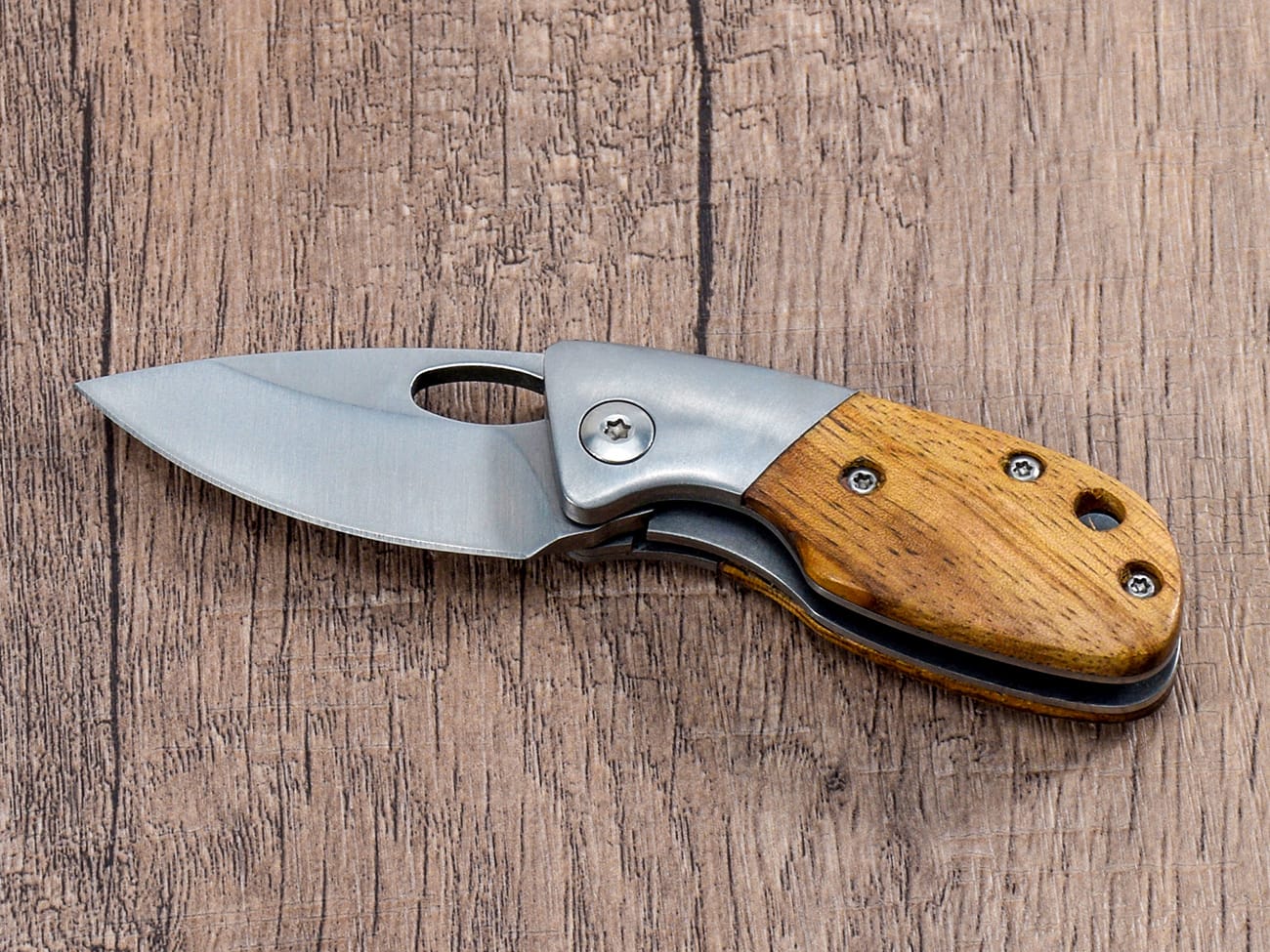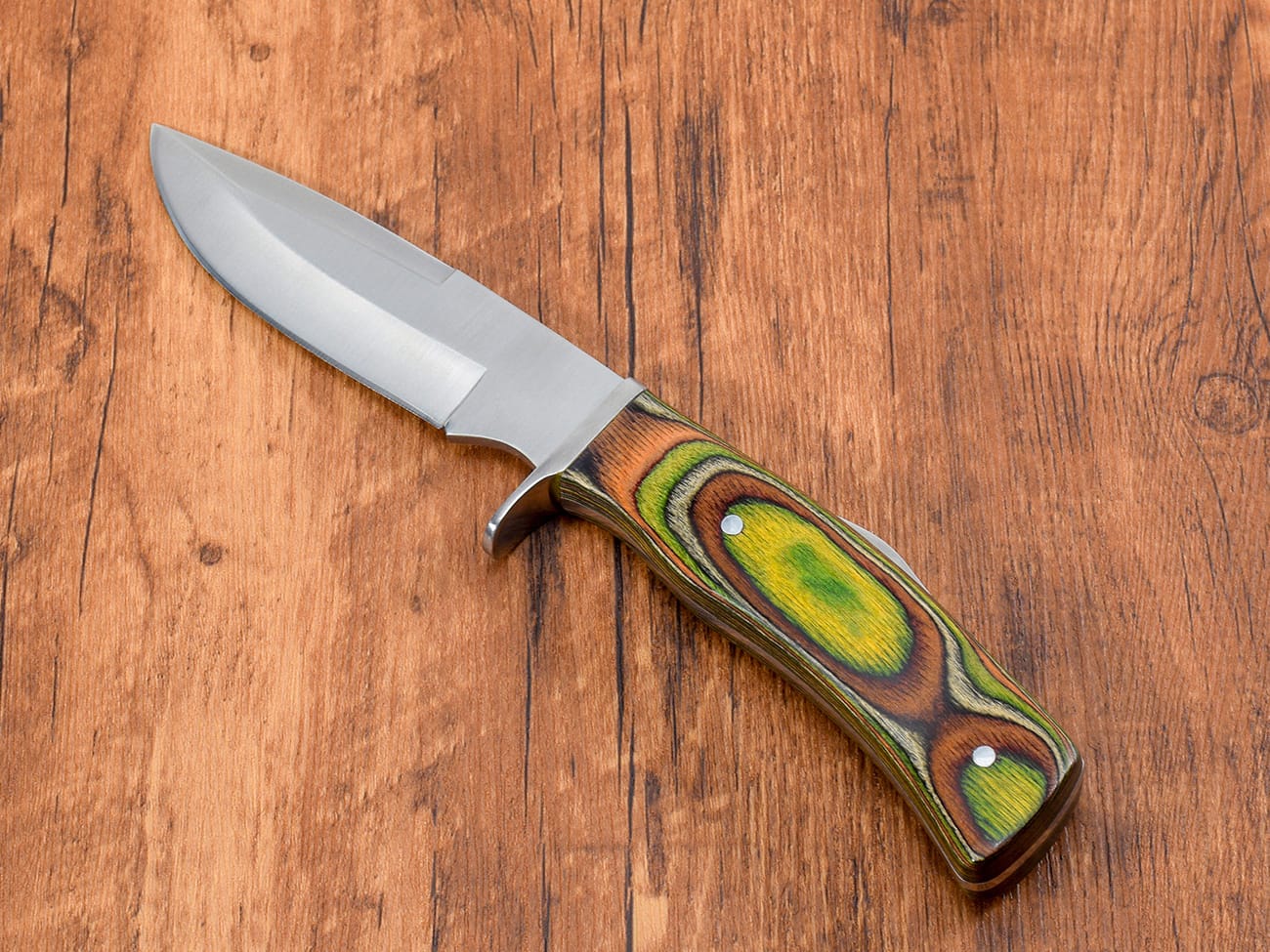A well-designed knife handle can make all the difference between a tool that’s a pleasure to use and one that causes discomfort or even injury. Whether you’re a professional chef, an outdoor enthusiast, or simply someone who appreciates a good knife, understanding the principles of ergonomic handle design is crucial. This comprehensive guide will walk you through the process of creating comfortable, functional knife handles that enhance performance and reduce fatigue.
Why is Knife Handle Design So Important?
Before we dive into the specifics of handle design, let’s consider why it matters:
- Comfort: A well-designed handle reduces hand fatigue during prolonged use.
- Safety: Proper ergonomics minimize the risk of slips and accidents.
- Performance: An ergonomic handle allows for better control and precision.
- User satisfaction: A comfortable knife is more likely to become a favorite tool.
Now, let’s explore the key aspects of designing a knife handle for optimal comfort and functionality.
What Factors Influence Knife Handle Comfort?
Several elements contribute to the overall comfort of a knife handle:
- Shape and contour
- Size and proportions
- Material selection
- Surface texture
- Weight distribution
- Grip design
Let’s examine each of these factors in detail.
How Does Handle Shape Affect Ergonomics?
The shape of a knife handle plays a crucial role in how it fits and feels in the hand. Here are some key considerations:
- Contour: A handle with gentle curves that follow the natural shape of the hand tends to be more comfortable than a straight, flat design.
- Palm swell: A slight bulge in the middle of the handle can fill the palm, providing a more secure grip.
- Finger grooves: While some users appreciate defined finger grooves, others find them restrictive. A subtle contouring often works better for a wider range of hand sizes.
- Spine and choil: The area where the handle meets the blade should be carefully designed to accommodate the index finger and thumb comfortably.
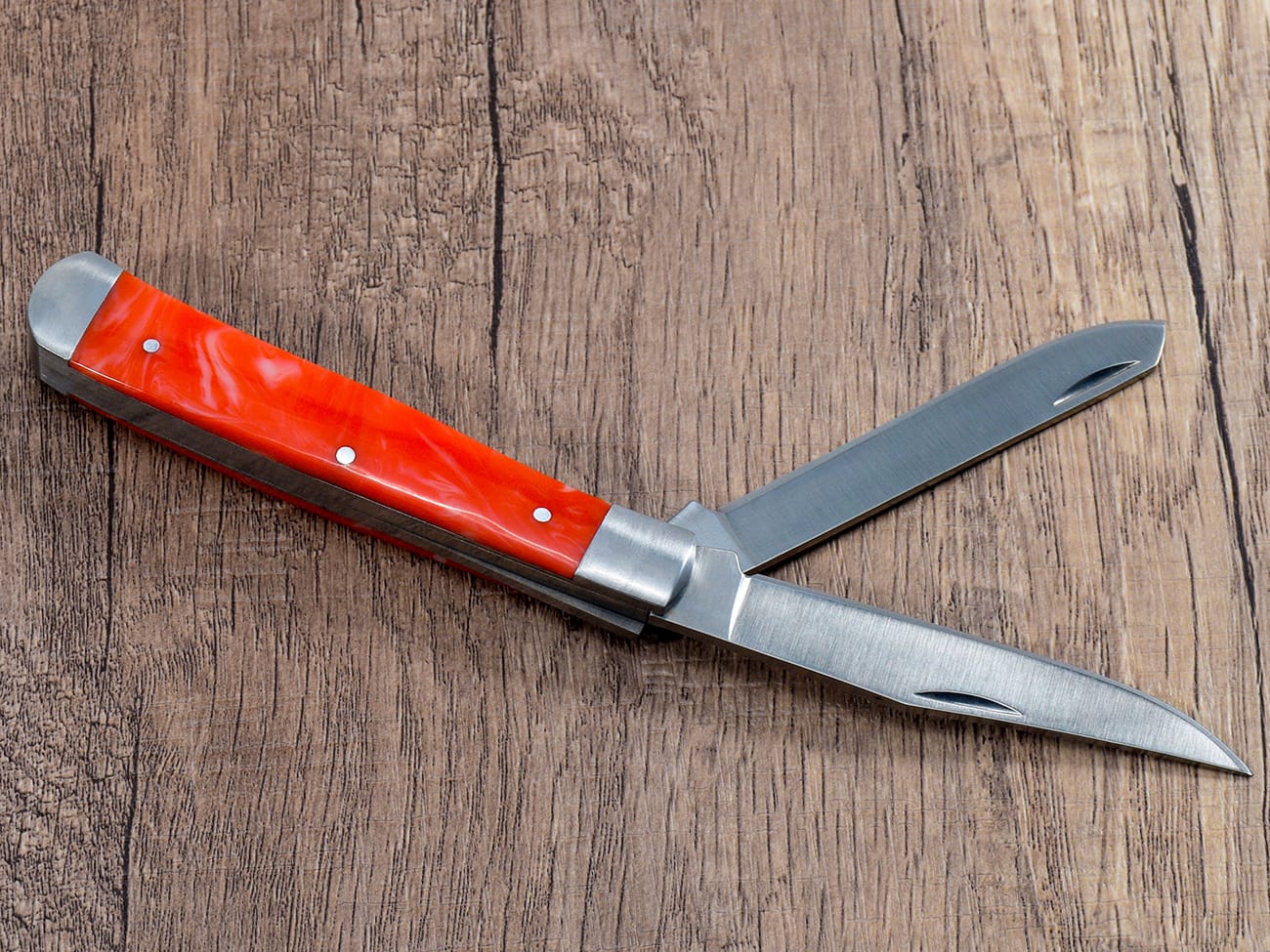
What’s the Ideal Size for a Knife Handle?
There’s no one-size-fits-all answer, but here are some guidelines:
- Length: The handle should be long enough to accommodate the full width of the user’s palm, typically 4-5 inches for most adult hands.
- Diameter: A comfortable grip diameter is usually between 1-1.5 inches, depending on the user’s hand size and the knife’s intended use.
- Taper: A slight taper towards the blade can improve control and precision.
Remember, these are general guidelines. The best handle size will depend on the specific knife type and its intended use.
How Do Materials Impact Handle Comfort?
The choice of handle material significantly affects both comfort and performance. Here are some popular options:
- Wood: Traditional and warm to the touch, but requires maintenance.
- G10: Durable and lightweight, with good grip in wet conditions.
- Micarta: Similar to G10, but with a more organic feel.
- Thermoplastics: Affordable and easy to mold into ergonomic shapes.
- Metal: Durable but can be cold and slippery; often combined with other materials.
Knife handle materials can greatly impact the overall feel and performance of the knife. Consider factors like grip, durability, and aesthetics when making your selection.
What Role Does Surface Texture Play?
The texture of a knife handle contributes to both grip and comfort:
- Smooth: Can be comfortable for light use but may become slippery when wet.
- Checkered: Provides excellent grip but can be abrasive during extended use.
- Stippled: Offers a good balance of grip and comfort.
- Scaled: Patterns like those found on G10 or Micarta provide grip without being too aggressive.
The ideal texture often depends on the knife’s intended use and the user’s preferences.
How Important is Weight Distribution?
Balanced weight distribution between the handle and blade is crucial for comfort and control:
- A well-balanced knife feels like an extension of the hand.
- For precision work, a slightly handle-heavy design can be beneficial.
- For chopping tasks, a blade-heavy balance may be preferable.
Consider the knife’s primary use when determining the optimal weight distribution.
What Are the Key Elements of Grip Design?
A good grip design ensures the knife stays securely in hand during use:
- Finger guards: Prevent the hand from slipping onto the blade.
- Jimping: Small notches on the spine can improve thumb grip.
- Lanyard holes: Allow for the attachment of a lanyard for added security.
- Pocket clips: For folding knives, a well-designed clip can aid in grip and carrying comfort.
How Can You Test and Refine Your Handle Design?
Designing the perfect knife handle often involves iteration and testing:
- Create prototypes using easily workable materials like wood or modeling clay.
- Test the prototypes with a diverse group of users to gather feedback.
- Pay attention to pressure points, hot spots, and areas of discomfort.
- Refine the design based on user feedback and ergonomic principles.
- Consider using 3D printing for rapid prototyping of complex shapes.
What Are Some Common Mistakes in Knife Handle Design?
Avoid these pitfalls when designing your knife handle:
- Overly aggressive texturing that causes discomfort during extended use
- Ignoring the needs of left-handed users
- Designing for aesthetics at the expense of functionality
- Failing to consider the specific requirements of the knife’s intended use
How Do Different Knife Types Influence Handle Design?
The intended use of a knife should inform its handle design:
- Chef’s knives: Require a handle that facilitates a pinch grip and allows for precise control.
- Hunting knives: Need a secure grip that works well with gloves and in wet conditions.
- Folding knives: Must balance comfort in both open and closed positions.
- Utility knives: Should have a versatile grip suitable for various tasks.
Can Custom Handles Improve Existing Knives?
Absolutely! Many knife enthusiasts enjoy customizing their knives with aftermarket handles:
- Custom scales can be made from a wide range of materials to suit personal preferences.
- Replacing the handle on a quality blade can breathe new life into an old favorite.
- Custom handles allow for personalization and improved ergonomics.
What Tools and Techniques Are Used in Handle Making?
For those interested in crafting their own knife handles, here are some essential tools and techniques:
- Rasps and files: For shaping and contouring handle materials.
- Sandpaper: For smoothing and finishing.
- Epoxy: For attaching handle scales to the tang.
- Drill press: For creating precise holes for pins and lanyard tubes.
- Belt sander: For efficient material removal and shaping.
Learning these skills can be a rewarding aspect of knife making or customization.
How Can 3D Modeling Enhance Handle Design?
Modern technology offers new possibilities for handle design:
- CAD software allows for precise modeling and iteration.
- 3D printing enables rapid prototyping of complex shapes.
- Digital modeling can help optimize ergonomics before physical production begins.
Embracing these tools can lead to more refined and innovative handle designs.
Conclusion: Crafting the Perfect Knife Handle
Designing a comfortable knife handle is a blend of art and science. By considering factors like shape, size, material, and intended use, you can create handles that enhance the user experience and make your knives a joy to use. Remember these key points:
- Ergonomics should be the primary focus of handle design.
- Consider the specific needs of the knife’s intended use.
- Test and iterate your designs with real users.
- Don’t be afraid to experiment with different materials and shapes.
- A well-designed handle can significantly improve a knife’s overall performance and user satisfaction.
Whether you’re designing for production, custom knife making, or personal projects, applying these principles will help you create knife handles that stand out in both form and function.Custom folding knife with pakkawood handle and pocket clipCustom EDC folding knife with wooden handle and liner lockCustom hunting knife with pakkawood handle and sanded bladeCustom 8cr13mov steel fixed blade knife with wooden handle

